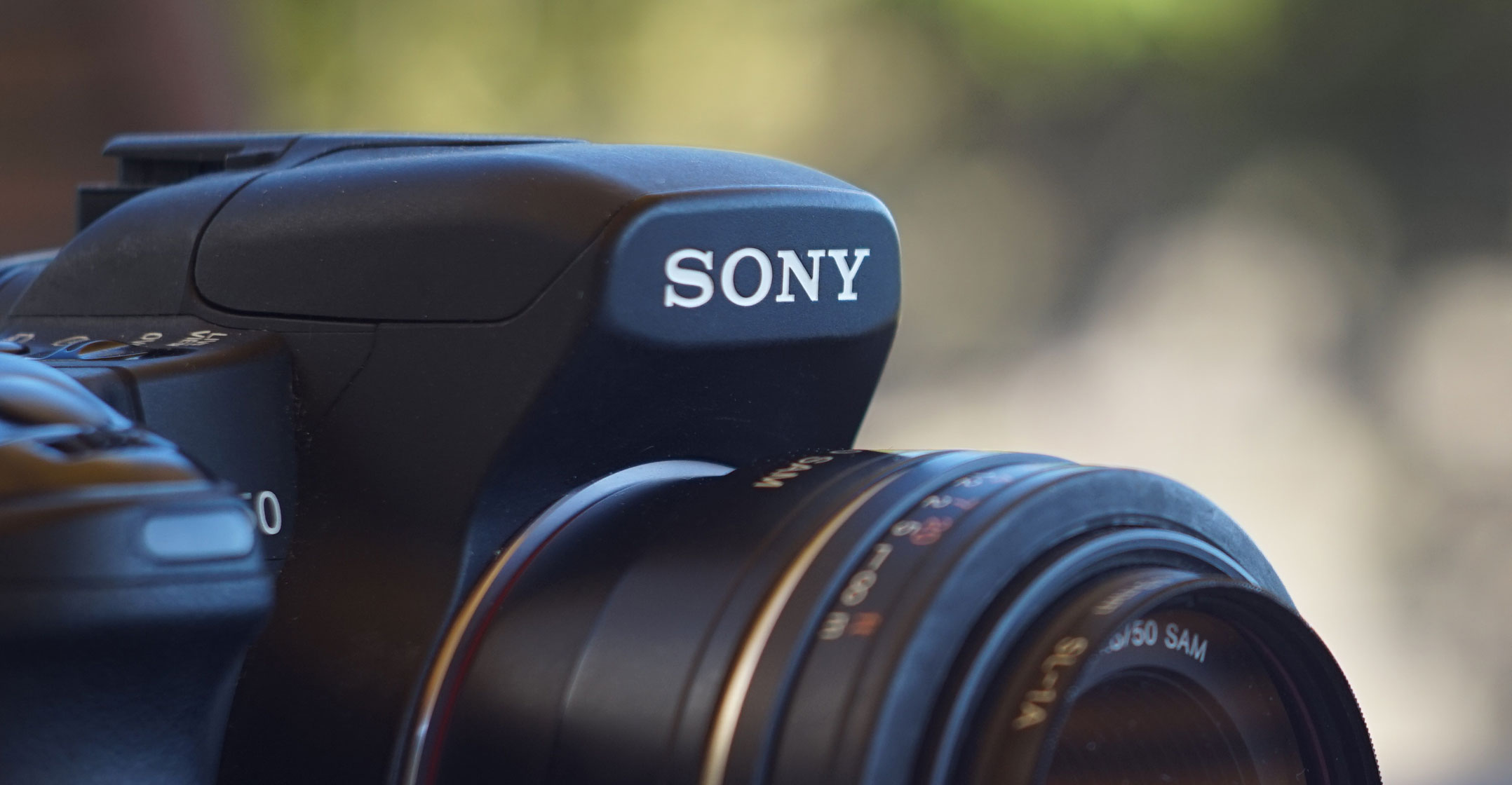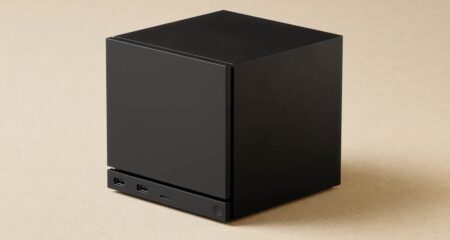
Tokyo-based electronics maker Sony, which has staged a turnaround following a string of losses about a decade ago, increased its annual operating profit outlook to a record ¥630bn (US$5.6bn) from ¥500bn for the current fiscal year to March. The last time it reported figures close to that threshold was in 1998. Shares in German trading were up 2.3%.
Demand for high-end 4K televisions and wider use of camera chips helped to make up for slower growth in the PlayStation business and a lack of blockbuster films. The revenue forecast for the period was raised to ¥8.5 trillion from ¥8.3 trillion. Since taking charge in 2012, CEO Kazuo Hirai restructured the company and invested in key divisions, helping to restore the company’s reputation as a manufacturer of high-quality electronics products.
“Hirai is indeed hitting full stride here,” said David Dai, an analyst at Sanford C Bernstein & Co. “The ¥630bn forecast is not a complete surprise as their previous guidance, ¥500bn, was known to be overly conservative. But the raise shows management is now confident in meeting the higher target.”
In the latest quarter, Sony posted an operating profit of ¥204bn, topping analyst projections for ¥139bn in the period ended September, according to estimates compiled by Bloomberg. Net income was ¥131bn, better than the prediction for ¥81bn. A more favourable exchange rate also helped to fuel revenue, which topped estimates at ¥2.1 trillion.
“The profit rise is mainly attributed to a shift toward premium models like 4K TVs, and a better mix of products, and favourable foreign exchange movements,” chief financial officer Kenichi Yoshida told reporters after the results.
Sony has invested billions to develop state-of-the-art image sensors, a move that is beginning to pay off as smartphone makers embrace the use of multiple cameras to improve image quality and create augmented reality features.
Chips
Operating profit from chips rose to ¥49bn during the quarter, compared to a loss of ¥4.2bn a year ago, when the division was still recovering from damaging earthquakes in Kyushu. Revenue rose 18% to ¥228bn.
Apple, Xiaomi and other smartphone makers are outfitting their latest models with two cameras on the back of each device. This lets software compare two pictures to improve photo quality and gauge depth to perform basic AR functions.
“The biggest earnings driver is chips,” Masahiko Ishino, an analyst at Tokai Tokyo Securities, said prior to the results. “Dual cameras are becoming the norm in phones. As we enter a phase where 20, 30 or 40% of phones begin to carry dual cameras, we’re going to see that continue to lift Sony’s earnings into next year and the year after.”

Sony held 42% of the image sensor market as of last year, according to researcher Yole Developpement. Besides image sensors, it’s now investing in 3D sensors that can detect their environment by calculating how long it takes for light to reflect off surfaces. Mass production is slated for next year, with the new chips set to be adopted by next-generation AR devices and self-driving cars. — Reported by Yuji Nakamura and Yuki Furukawa, (c) 2017 Bloomberg LP




